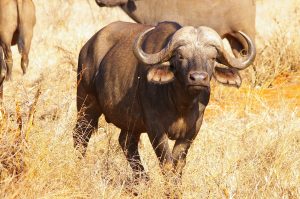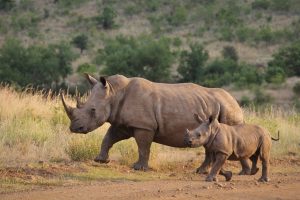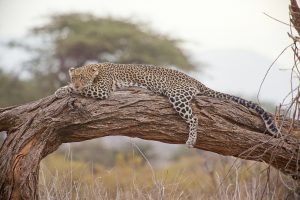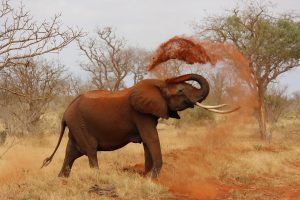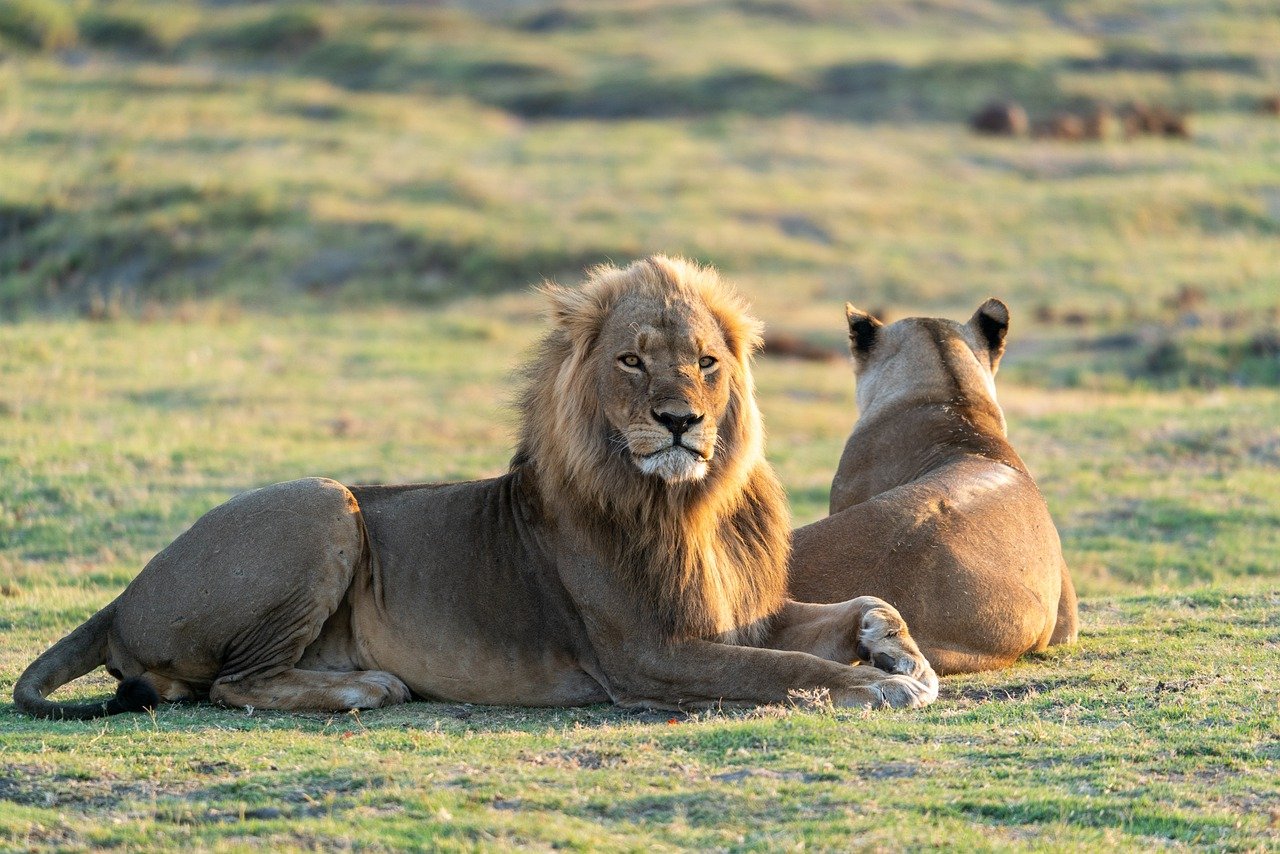A safari holiday in Tanzania is arguably one of Africa’s best destinations for a Big 5 safari experience, whether you are a first-time safari goer or a seasoned safari goer. It is the location of the world-famous Serengeti, the Ngorongoro Crater, and the vast Selous Game Reserve, all of which are synonymous with some of Africa’s best safari experiences.
Before expeditions, the name “Africa Big Five” wild game was used to describe to the five most difficult beasts to hunt. Some African hunters considered these to be the most difficult of all creatures to hunt. Because only these five species will struggle and charge when chased, they were traditionally the last hunting prizes. The other species will escape, but these five will not. Even if a four-ton elephant vs. a bullet gun was still impossible, the greatest five elephants would charge rather than flee.
Ngorongoro Crater
Was formed as a result of volcanic activity that resulted in the collapse of the volcano around 2 million years ago. During safaris to this destination, visitors can witness a wide range of wildlife species, including the Big 5, as well as other wildlife and bird species. The Ngorongoro Crater’s Big 5 are as follows:
Elephants – The Crater possesses approximately 300 African elephants, the largest land creatures. Elephants are referred to as “tembo” in Swahili, one of the languages spoken in Tanzania.
Lions – The Ngorongoro Conservation Area is home to about 65 lions, which can also be found on the crater bottom. One of the distinguishing characteristics of lions is that the older the lion, the darker the mane, and this is true of male lions.
Leopard – Leopards are solitary creatures, even when hunting. Leopards can be seen sitting among the branches of trees during a safari near the Ngorongoro conservation area.
Buffalo – The buffalo is the deadliest of the big five, and there are approximately 4000 buffalos in the Ngorongoro conservation area. A herd of buffalos is a group of buffalos that resemble cattle in appearance.
Rhino – The black rhinos are an endangered rhino species and are also part of the big 5 which are the most difficult wildlife species to hunt on foot.
Serengeti National Park
Serengeti National Park, Tanzania’s oldest national park and one of the world’s largest wildlife populations, is also home to the majestic big five creatures, which include buffalo, lion, rhinoceros, elephant, and leopard.
Lions – The Serengeti is reported to have Africa’s greatest population of lions, which are frequently spotted on safaris here.
Elephants – Elephants are frequently observed traversing the Serengeti Plains, particularly in the park’s northern region.
Rhinoceros – The Serengeti has a few rhinos, which are mostly located in the central section of the wildlife park.
Leopards – The Serengeti has great leopard sightings in the park’s middle portion (Seronera Valley). Leopards can be seen in other sections of the Serengeti, but they are less common.
Buffalos – Large herds of buffalos can be seen on a regular basis in the Serengeti.
Lake Manyara National Park is an untouched wonderland of ground water forest nourished by underground springs and abounding with species such as elephants, hippos, giraffes, buffaloes, antelopes, and among of Africa’s largest baboon troupes.
But its most famous feature is certainly its tree-climbing lions, which draw visitors from all over the world.
Lions – Lake Manyara Park is well-known for its tree-climbing lions, who are frequently spotted here.
Elephants – The elephant-protection national park is home to enormous herds of elephants that are frequently spotted, including large bull elephants with spectacular tusks.
Rhinos are not present.
Leopards – Lake Manyara National Park has a large leopard population, but these secretive cats are rarely seen in the dense jungle.
Buffaloes – Large herds of buffalos are frequently spotted in Lake Manyara Park.
Tarangire National Park
Tarangire National Park is one of Tanzania’s most well-known and popular tourist destinations, located in the Manyara region of the country’s northern circuit. The Tarangire National Park is named after the renowned Tarangire River, which runs through it. With a surface area of 2,850 square kilometres, the park is one of Tanzania’s largest public parks. Tarangire National Park is managed by the Tanzania National Parks Authority and attracts approximately 150,000 visitors per year.
Tarangire National Park is home to four of Africa’s Big 5 (elephants, buffalos, lions, and leopards), but no rhinos. During the dry season, it provides excellent game viewing (June to October).
Lions – Tarangire National Park is a great spot to observe lions, especially in the winter along the Tarangire River.
Elephants – Elephant sightings are almost certain in this Tanzania safari park known for its massive elephant populations.
Rhinos are not present.
Leopards – There are a few leopards in Tarangire Park, and your chances of spotting one are roughly 50/50.
Buffalos – Tarangire National Park attracts big herds of buffalos during the dry season, and buffalos are around all year, so you are practically certain to observe these formidable creatures here.
Nyerere National Park (Selous)
Nyerere National Park in southern Tanzania is part of the Selous Game Reserve, which encompasses 55,000 square kilometres of unspoiled wilderness and has been classified as a UNESCO World Heritage Site since 1982. In 2019, Selous was divided into Nyerere National Park in honour of Tanzania’s founder and first president, with approximately 30,000 square kilometres allotted to it. It has been designated as an important wildlife reserve since 1905. Four game reserves in the area were combined in 1922 to become the pioneering Selous Game Reserve, named after an English hunter, naturalist, and soldier who died in action there in 1917.
Lions – Lions are frequently seen in Nyerere, which has a sizable lion population.
Elephants – Poaching has reduced the once-large elephant populations in Nyerere. Elephants can still be seen on occasion.
Rhinos – Due to poaching, rhino sightings are extremely infrequent and mainly limited to the park’s southern part.
Leopards – Leopards can be found at Nyerere Park, however these cautious cats are rarely seen.
Buffalos – Nyerere is home to large herds of buffalos, which are frequently seen on safaris here.
Gallery
